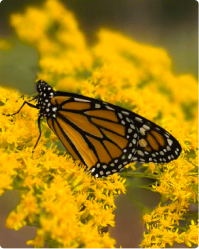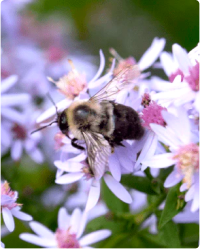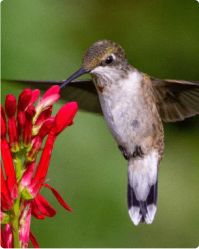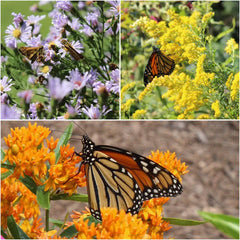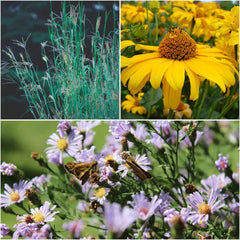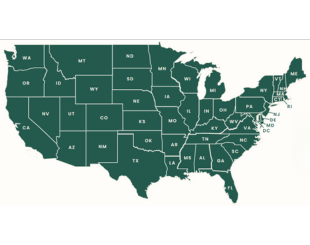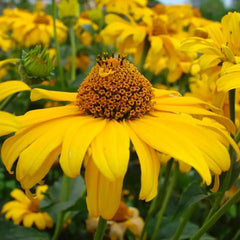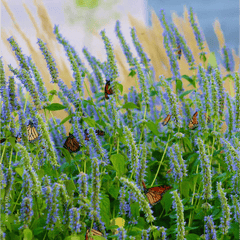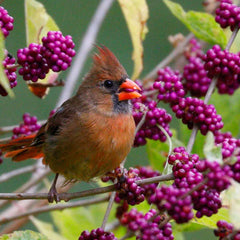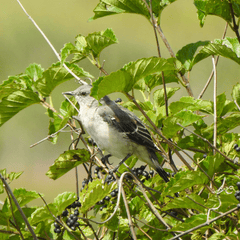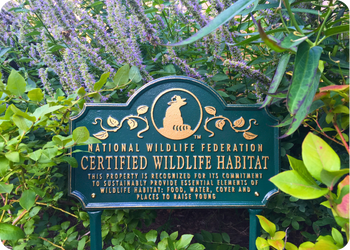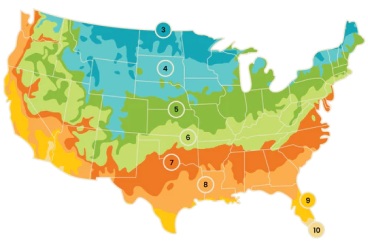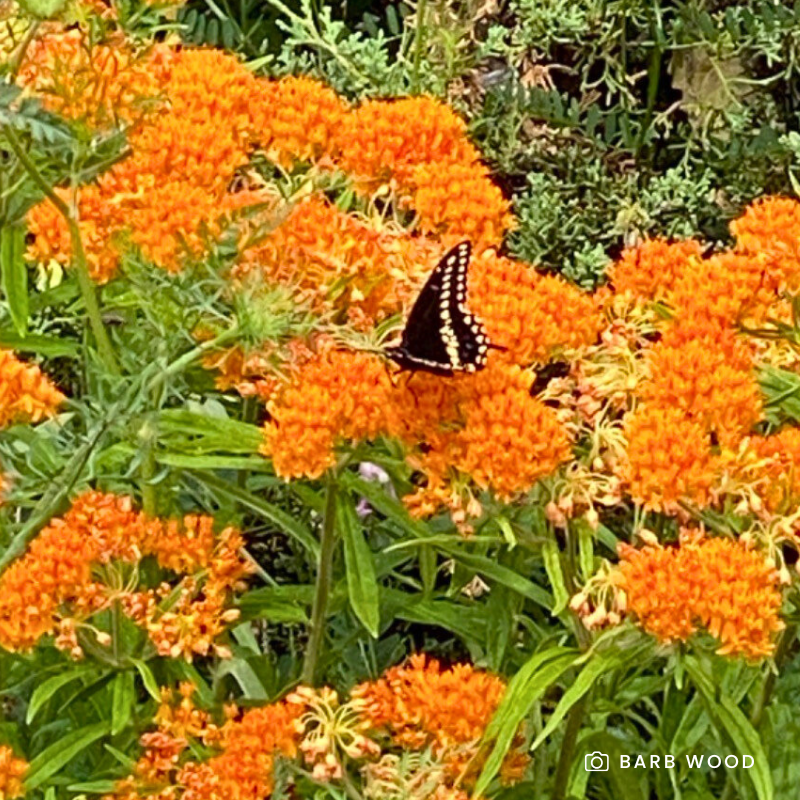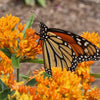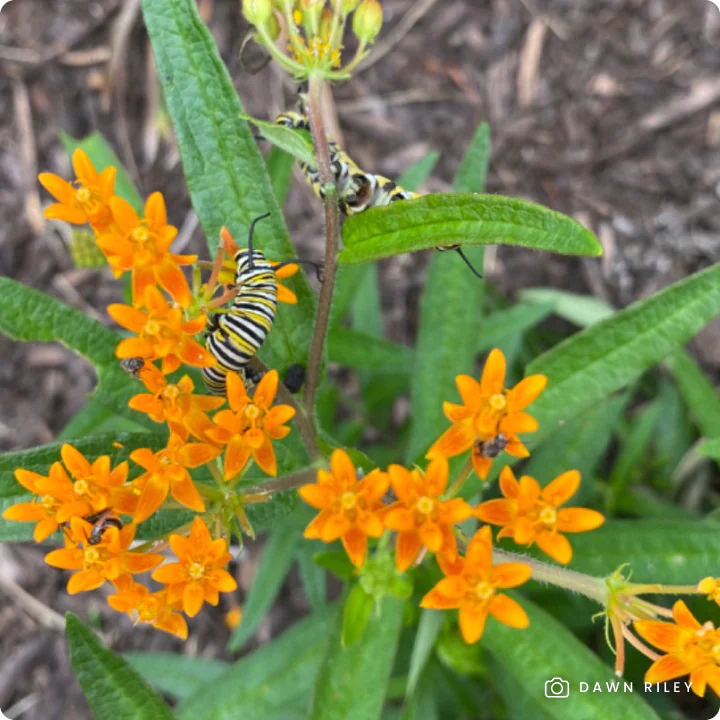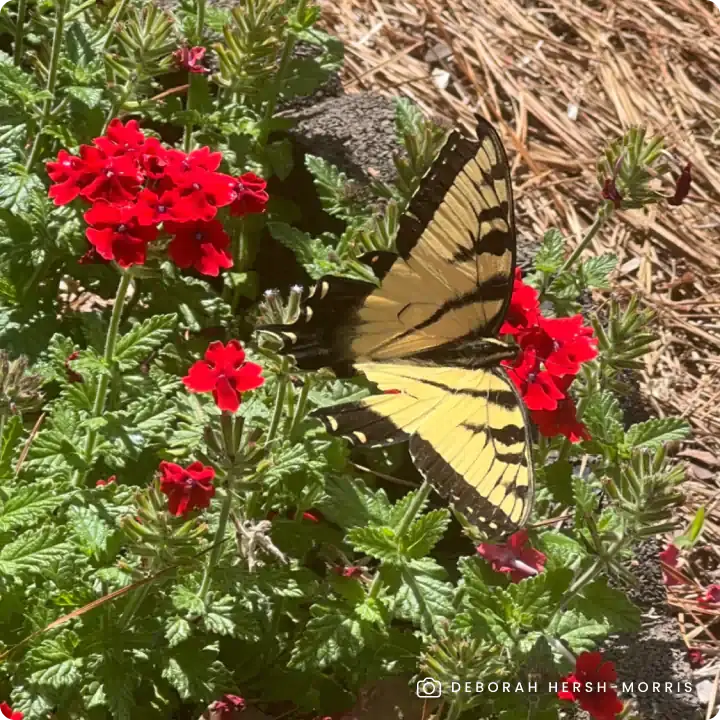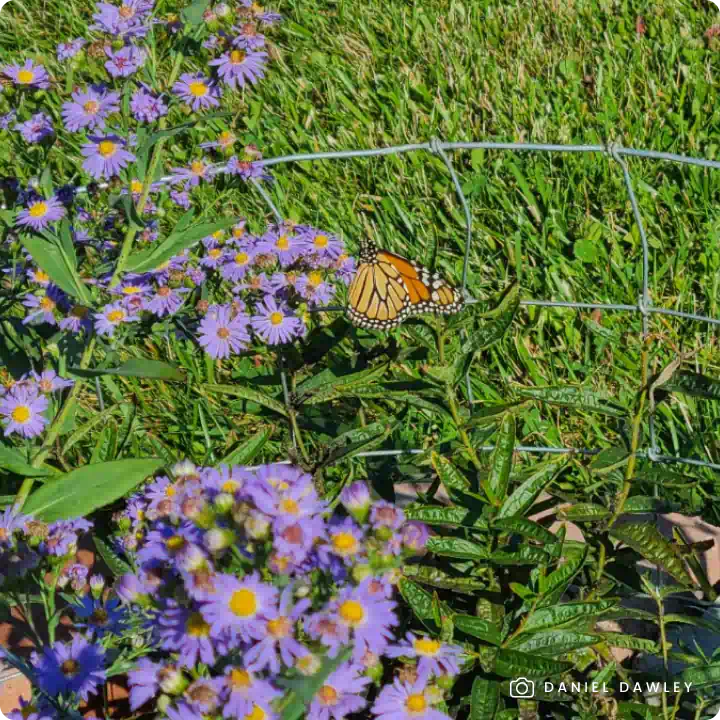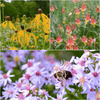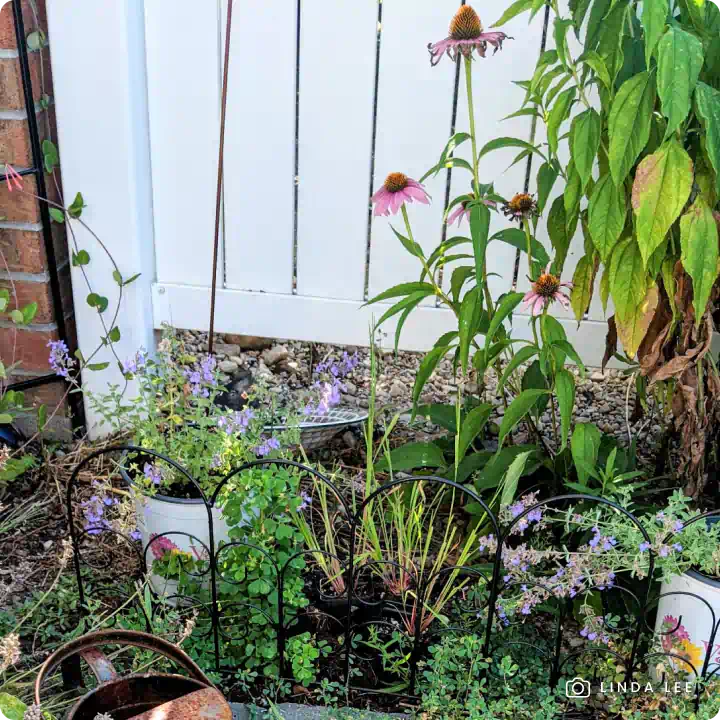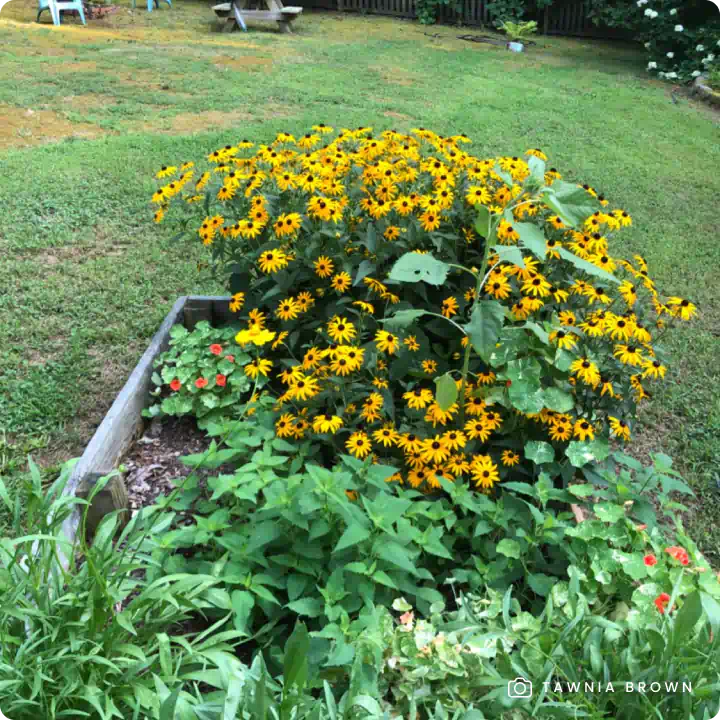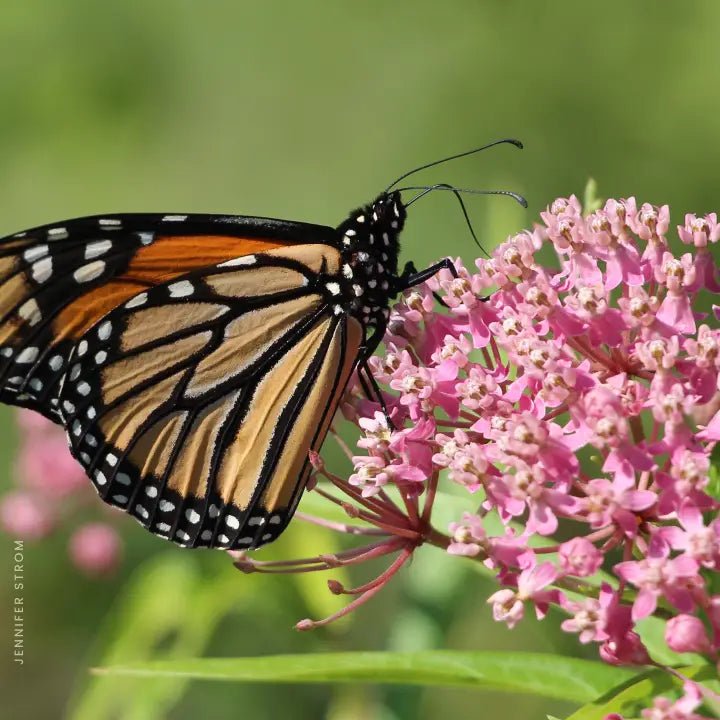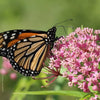Bring a taste of the wild and vital wildlife support to your landscape with the Persimmon Tree (Diospyros virginiana), a unique native fruit tree offering four seasons of interest. This adaptable deciduous tree provides a lush, tropical look with its large, bright green leaves, intriguing bell-shaped flowers, and delicious, sweet fruit.
In spring, delicate yellow flowers emerge, often hidden by the developing leaves, attracting native bees, butterflies, and other pollinators. As summer progresses, the tree's foliage provides dense shade, turning a beautiful yellow-green in the fall. The true highlight of autumn is the abundance of large, orange, edible fruits that ripen to a deliciously sweet, date-like flavor after a frost or consistent low temperatures. These highly nutritious fruits are a favorite of various wildlife, including foxes, opossums, raccoons, skunks, deer, and many bird species. Its distinctive dark, blocky bark on mature trunks adds unique visual interest, especially in winter, ensuring a visual delight through every season.
Persimmon is dioecious, meaning there are separate male and female trees, and you need both in order to get fruit. The word "persimmon" is of Algonquian origin, while the genus name Diospyros, from the Greek, means "fruit of the god Zeus".
Why Grow a Persimmon Tree?
- Rare Native Fruit: Produces edible fruit with a unique, delicately sweet flavor described as a blend of honey and peach, with a hint of cinnamon or vanilla. The texture varies depending on ripeness and variety, ranging from crisp like an apple to soft and jelly-like. Perfect for jams and jellies to spread on your toast!
- Supports Pollinators & Wildlife: The fragrant, bell-shaped flowers attract native bees, butterflies, and other pollinators. The fruit is a valuable food source for birds, opossums, squirrels, and raccoons.
- Host Plant: A crucial host plant for the Luna moth.
- Lush, Tropical-Looking Foliage: Large leaves create a stunning understory canopy with golden fall color.
- Shade-Tolerant & Low-Maintenance: Thrives in moist, well-drained soils and naturally resists pests and diseases.
- Pollinator-Safe: Grown non-GMO and free of harmful neonicotinoids, promoting a healthy ecosystem for pollinators and wildlife.
Available as single trees shipped in one-gallon containers to establish a native fruit-bearing landscape.
Planting Tips:
- Location: Prefers part shade to full sun but does best in dappled light as an understory tree. Thrives in moist, acidic, well-drained soil, but tolerates a wide range of conditions including dry, sandy, or clay soils.
- Watering: Water regularly during the first few years to establish deep roots. Prefers consistent moisture but is not tolerant of prolonged drought.
- Pollination & Fruit Production: Cross-pollination is required for fruit production—plant multiple trees to increase the likelihood of planting both a male and female.
- Maintenance: Minimal care required. If desired, prune in late winter or early spring to shape the plant and remove dead branches. Mulch around the base to retain moisture and suppress weeds. Harvest fruit in late summer to early fall when they soften and develop a strong, sweet fragrance. It may take as many as 10 years for trees to come into full production.
Important to Note: Our selection of Persimmon is a mixed lot of male and female plants. We cannot guarantee which you will receive. We recommend buying 3-4 Persimmon trees to have a better chance of getting both a male and female tree.
For more information on planting, view our How to Plant Your Native Plants guide and other planting tips in the Garden for Wildlife Learning Center.
Plant a Persimmon Tree and enjoy tropical-looking foliage, delicious fruit, and a tree that supports both pollinators and wildlife!
